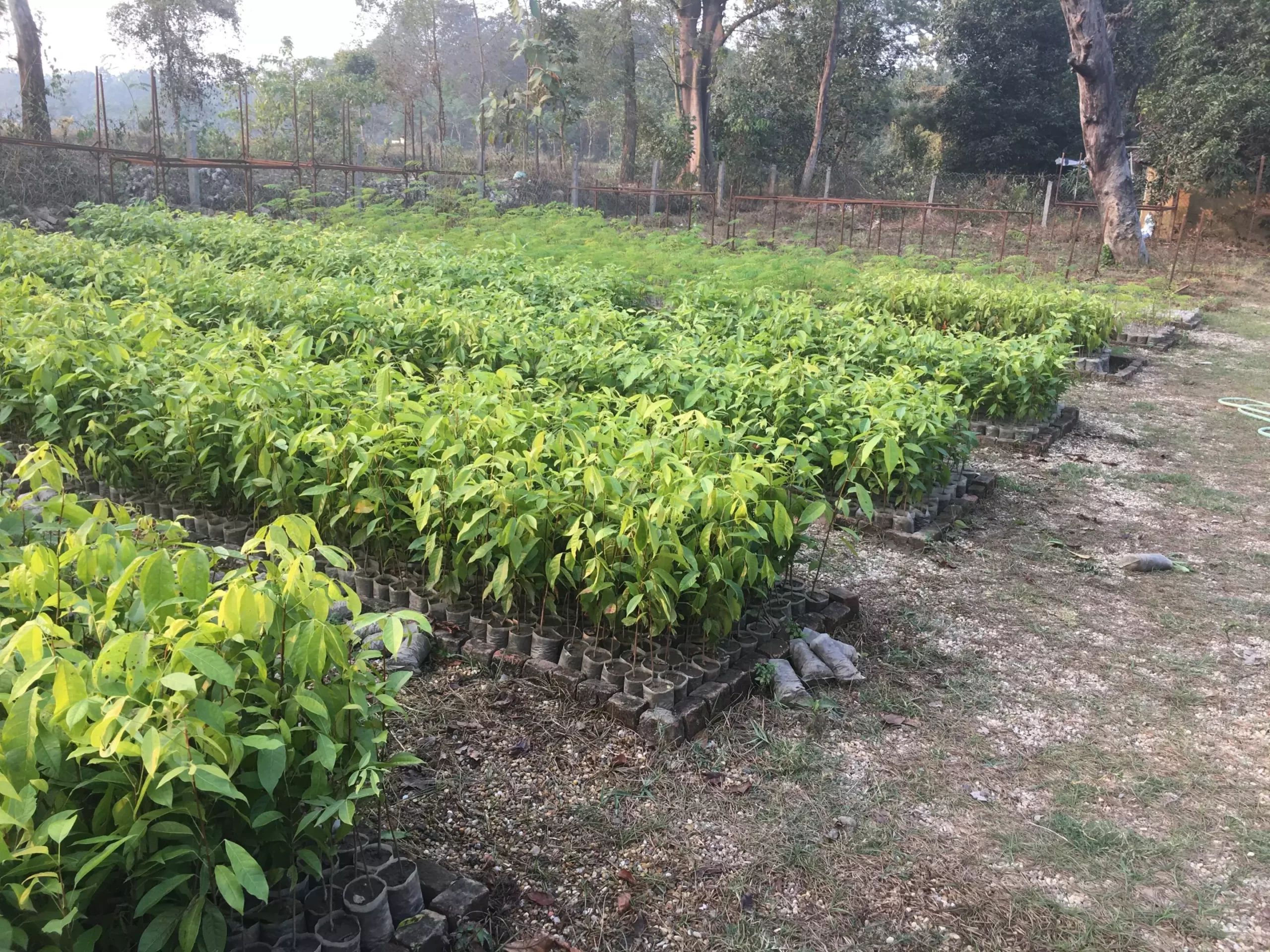As global warming accelerates, the quest for effective solutions to mitigate its impacts intensifies. A groundbreaking study published in *Nature Climate Change* highlights an often overlooked strategy: reforestation in low- and middle-income countries, which can absorb up to ten times more carbon dioxide (CO2) at a fraction of the previously presumed costs. This revelation is not just a call to action but a profound insight into alternative methods of reforesting our planet. Traditional reforestation efforts have primarily focused on planting new trees, but about half of the areas deemed suitable for reforestation could be more productive if left for natural growth, suggesting a critical reevaluation of our current strategies is necessary.
Rethinking Reforestation Strategies
The typical approach relies heavily on human intervention for replanting trees, which unfortunately can be both labor-intensive and costly. Researchers, including Jeff Vincent from Duke University’s Nicholas School of the Environment, propose a hybrid approach that leverages both planted and naturally regenerating forests. This revelation shifts the paradigm of reforestation, indicating that biodiversity and ecological balance can be optimized, leading to improved carbon sequestration efficiency. In many regions, timber plantations are becoming an economically compelling option compared to initiatives focused solely on nurturing natural growth. This finding underlines the necessity to adapt our reforestation framework to include more flexible and economically viable methods.
Financial Incentives for Change
One of the most significant hurdles in reforestation efforts in resource-constrained countries is funding allocation. The complexities surrounding how best to utilize limited financial resources for maximum carbon capture can be daunting. Carbon payments—financial incentives provided by corporations and organizations aiming to offset their greenhouse gas emissions—offer a silver lining. These payments can bolster reforestation efforts by creating a demand for carbon offsets that can support both natural and artificial growth methods. Vincent notes that while certain regions can thrive on carbon payments alone, others might benefit from additional income generated through sustainable timber harvesting.
This multifaceted approach not only makes reforestation more financially sustainable but also promotes responsible resource management. By allowing for a blend of replanting and natural forest recovery, stakeholders can foster a healthier ecosystem that meets both economic and environmental goals.
Mapping the Future of Reforestation
The extensive research undertaken by this team culminated in a world map that serves as a vital tool for decision-makers. This map allows governments, non-governmental organizations, and corporations to identify the most cost-effective reforestation strategy tailored to specific local conditions. Factors like growth rates, proximity to natural seed sources, land value, and the costs associated with implementation significantly influence whether to opt for natural regeneration or tree planting.
This geographic insight is critical for guiding investment and resource decisions within the broader context of climate resilience strategies. Mapping these variables not only aids in addressing immediate reforestation needs but also aligns the strategies with long-term environmental goals. By optimizing funding allocation based on real-time data, this approach can lead to more impactful climate actions.
The Road Ahead: Policy and Practice
Moving forward, it is vital for policymakers to incorporate these findings into reforestation legislation and practices. Current policies tend to favor simplistic reforestation measures that overlook the complexity and diversity of ecosystems. The evidence points to the need for a blended approach that prioritizes ecological resilience and economic practicality concurrently.
The implications are profound—not only for achieving climate targets but for ecosystems as well. The use of a mixed strategy, combining planted forests with areas designated for natural regeneration, can catalyze a shift in how we perceive and act on climate goals. As stakeholders in this global effort, it is imperative to harness the potential of both economic growth and environmental restoration as we attempt to navigate the complexities of global warming.
The journey toward sustainable reforestation will undoubtedly be challenging, but with innovative approaches and guided financial incentives, the path ahead can lead us to a greener, more resilient planet.

